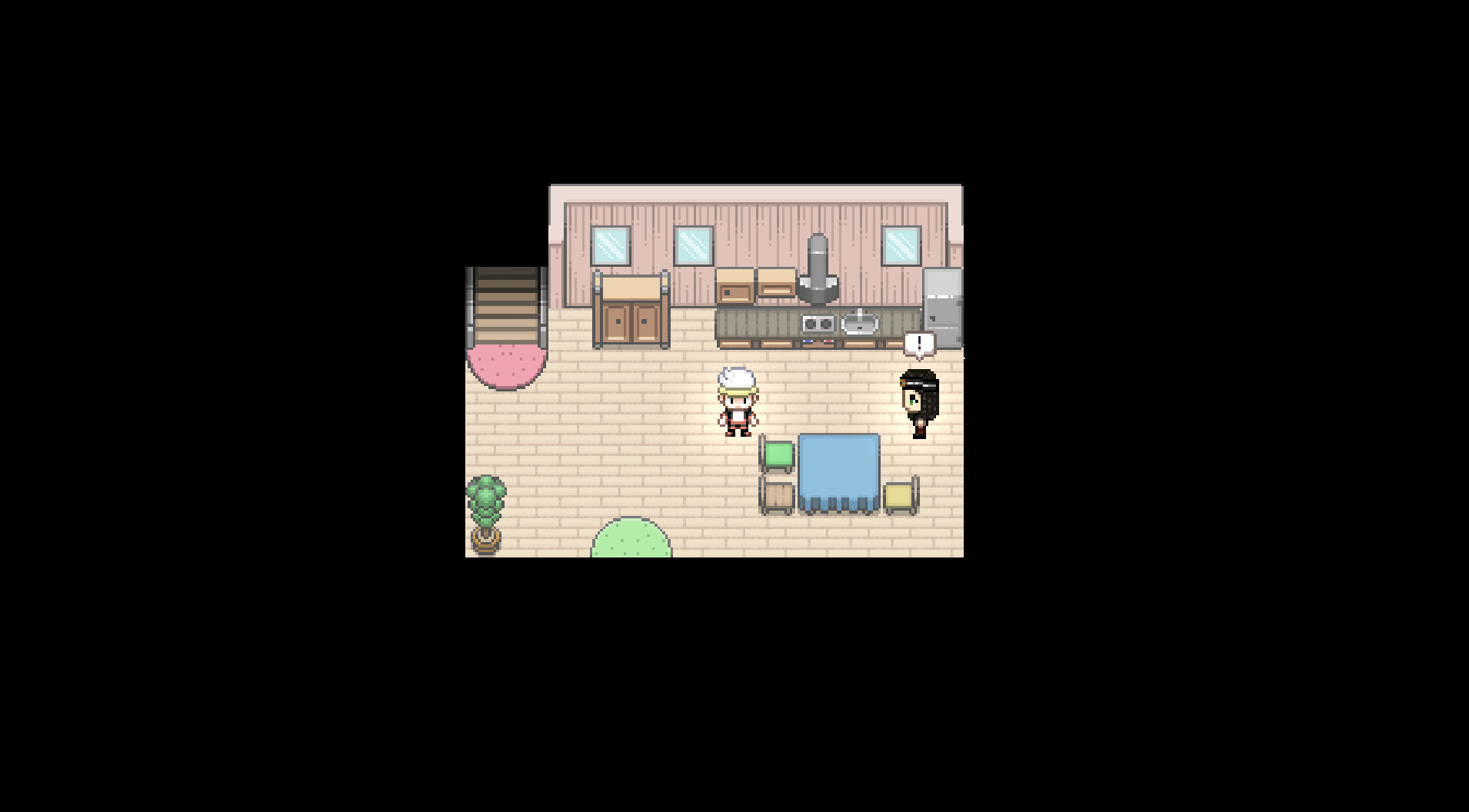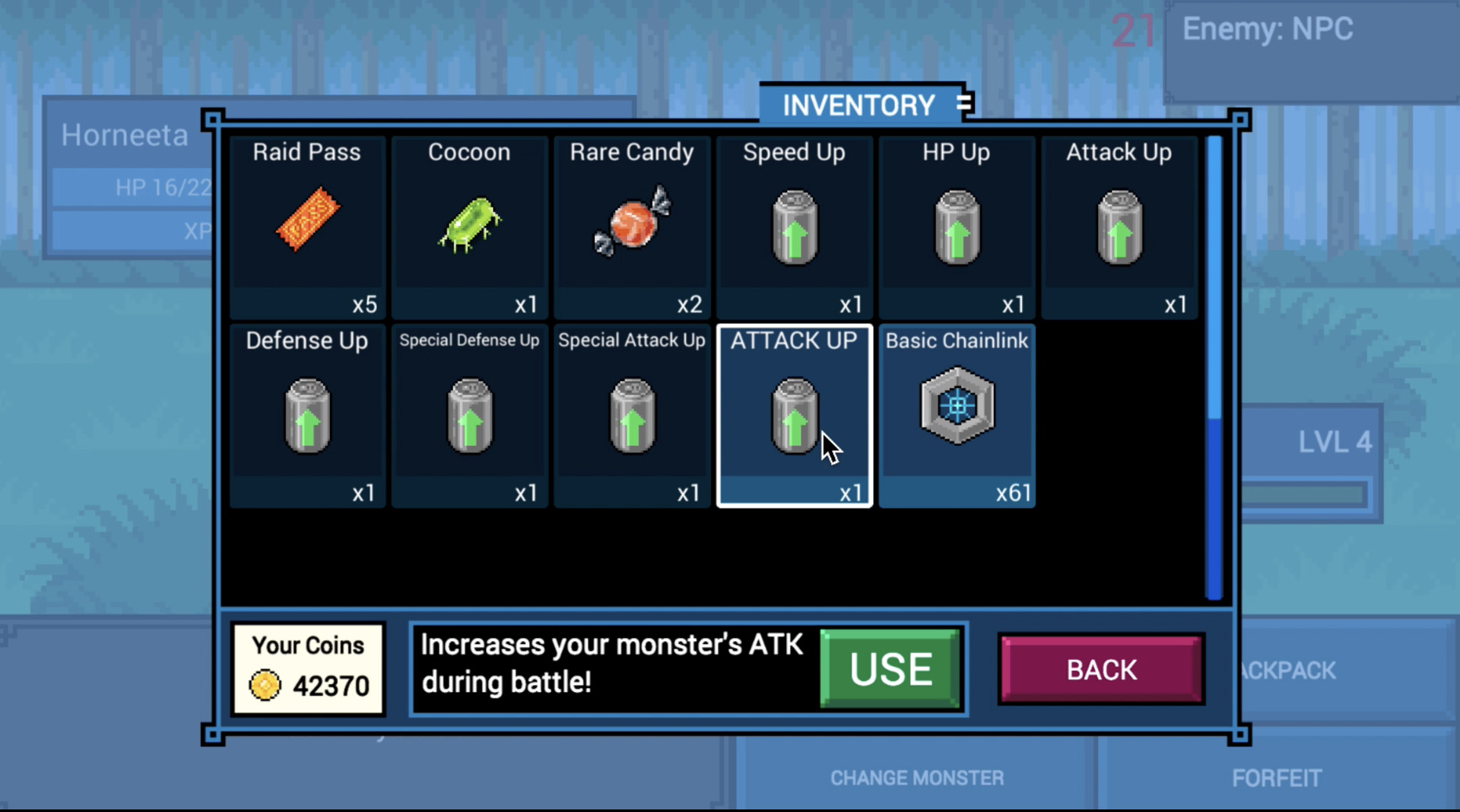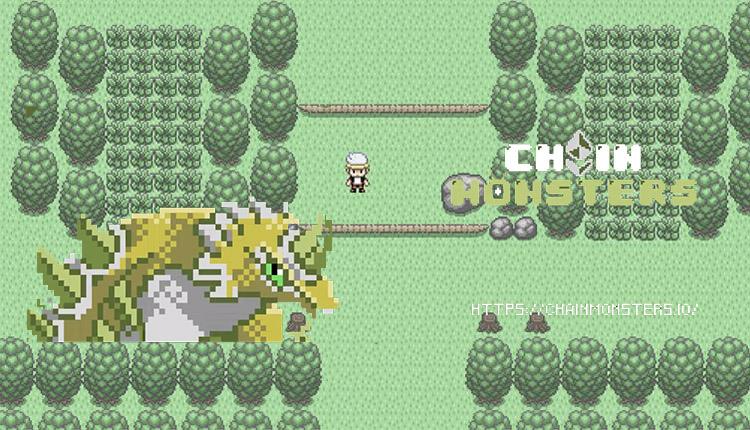
It’s also a new kind of Kickstarter, he said, where players can make seed stage or pre-seed investments in tokens for games, and this can provide possible investment rewards for players who support it - more so than is possible with Kickstarter campaigns. Matsumura thinks it’s significant that players can convert their time - by grinding away to level up characters - into fungible assets (things like cash).

Players also get to own characters outright and that unlocks new possibilities, he said. “Being able to lean into that concept of shared economics and building a community around that is key,” Kicks said. So most of the proceeds go to the players, and they repeat the cycle where they can level up characters and sell them again. “Gamers get to participate in the economics of the games they love and share the value that they’re contributing to these ecosystems,” Kicks said.Īxie Infinity takes just a 4.25% marketplace fee when players sell their characters to other players. Over time, the gameplay will catch up as more established developers get involved. Rather, the business model is what has the players excited. And it has succeeded in spite of the fact that the games themselves aren’t industry-leading in terms of things like graphics or gameplay. Kicks agreed that we’ve hit a breakout moment for this concept of play-to-own gaming. “And I think that with (two million daily active users), the growth rates are phenomenal,” he said. Matsumura said the users have arrived, thanks to the Axie phenomenon. Wu said that in the last six months, major game publishers have shifted from being “crypto skeptical” to “curious and now many are actually diving in headfirst.” “We lend these assets to our player community, who play the games and earn an income.” “We invest in assets inside these games, typically NFTs that produce some kind of asset in the form of tokens similar to Axie Infinity,” Dizon said. Jeff Zirlin, cofounder of Sky Mavis, said hundreds of guilds are in places like the Philippines now, and he believes Axie Infinity provided hundreds of thousands of jobs to Filipinos - so much so that the Philippine government is proposing taxes for players. YGG also invests on behalf of players to ensure they can make more money. The company provides “scholarships” for players, paying their startup fees so they can start earning money and sharing the proceeds. The play-to-earn phenomenon took off with Axie Infinity in the Philippines, where players played it during the pandemic to make wages that paid three times better than minimum-wage jobs amid 40% unemployment.Įarlie this year, Dizon formed Yield Guild Games, a company that consists of a guild of players, many of whom are Axie players.

That’s what they do in Axie Infinity, where players create characters for a fee, level them up, and sell them. It enables game makers to create rare items that players can collect and resell. NFTs use the transparency and security of the digital ledger of blockchain to authenticate unique digital items. “We definitely are excited about this space and working hard to make it real,” said Matsumura. Axie Infinity has been so successful that Sky Mavis recently raised $153 million at a $3 billion valuation. It has come exploded this year with the growth of Axie Infinity, a game by Vietnam’s Sky Mavis which uses nonfungible tokens (NFTs). Play-to-earn means that players of games can earn rewards and even money in games that they play. “But today, pretty much the entire gaming industry is talking about it.”


“It’s pretty hard to imagine that just four months ago, few people had heard of play-to-earn,” said Wu.


 0 kommentar(er)
0 kommentar(er)
